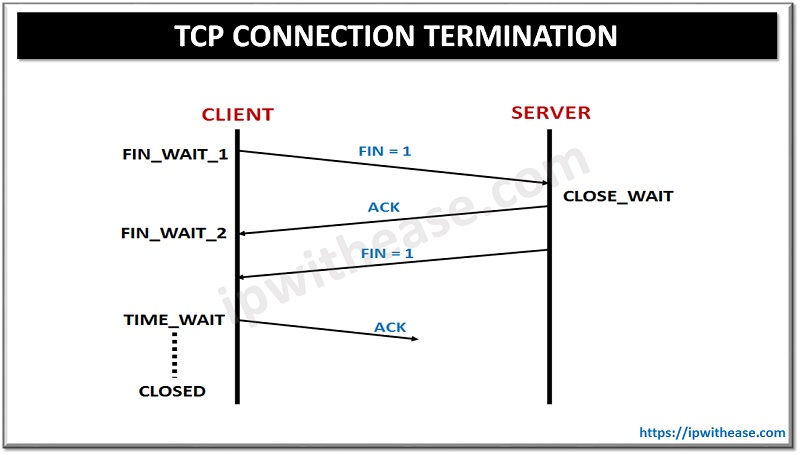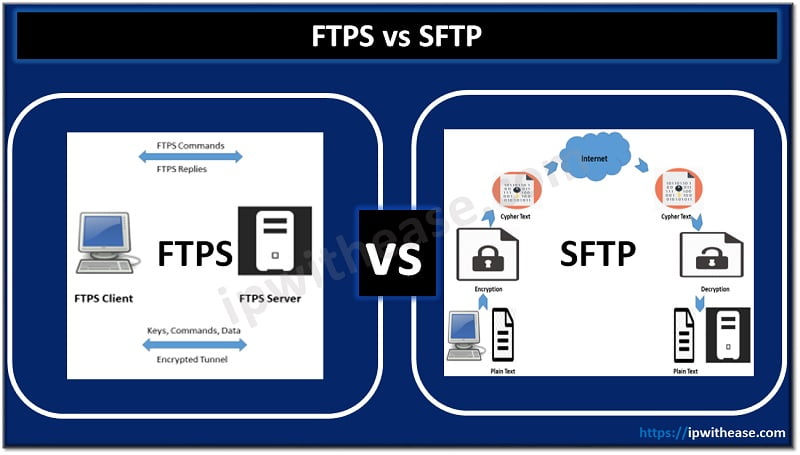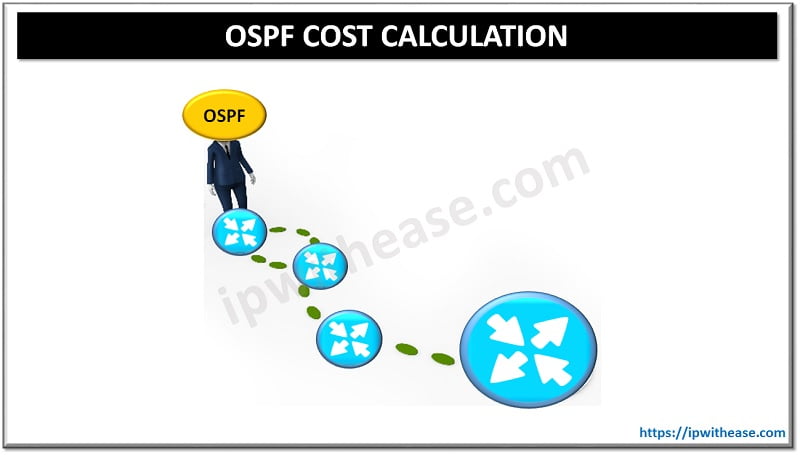ARP stands for Address Resolution Protocol. ARP is used to locate the Ethernet address associated with a desired IP address.
When any device on Ethernet network wishes communicate with another device, it must first determine the MAC address of that target device. The Source device has the destination device IP address and would require Destination MAC address to perform the communication .This IP-to-MAC address mappings is achieved from an ARP cache maintained on each device.
WORKING OF ADDRESS RESOLUTION PROTOCOL (ARP) –
- When a source device want to communicate with another device, source device checks its Address Resolution Protocol (ARP) cache to find it already has a MAC Address entry of the destination device. If entry is in the cache table, it will use that MAC Address and will not issue ARP request.
- If ARP entry is not seen in the cache, the source will generate an Address Resolution Protocol (ARP) request message, puts its own data link layer address as the Sender Hardware Address and its own IPv4 Address as the Sender Protocol Address. It includes the destination IPv4 Address as the Target Protocol Address. Since the source wants to know the destination device Mac address, the ARP request “Target Hardware Address” will be left blank
- The source broadcast the Address Resolution Protocol (ARP) request frame on the LAN.
- The message is received by each device on the LAN since it is a broadcast. Each device compares the Target Protocol Address with its own Protocol Address (IPv4 Address). Those who do not match will drop the packet.
- When the targeted device checks the Target Protocol Address, it will find a match and will generate an Address Resolution Protocol (ARP) reply frame. It takes the Sender Hardware Address and the Sender Protocol Address fields from the Address Resolution Protocol (ARP) request frame and uses these values for the Targeted Hardware Address and Targeted Protocol Address of the reply frame.
- The destination device will update its Address Resolution Protocol (ARP) cache, since it need to contact the sending device.
- Destination device sends the Address Resolution Protocol (ARP) reply frame which will be unicast.
- The source device will process the Address Resolution Protocol (ARP) reply from destination, store the Sender Hardware Address as the layer 2 address of the destination.
- The source device will update its Address Resolution Protocol (ARP) cache with the Sender Hardware Address and Sender Protocol Address from the Address Resolution Protocol (ARP) reply frame.
ARP PACKET STRUCTURE –
The structure of ARP packets is shown in the below table which illustrates the IPv4 networks running on Ethernet –
- Hardware type -This field specifies the network protocol type.
- Protocol type – This field specifies the internetwork protocol for which the ARP request is intended. For IPv4, this has the value 0x0800.
- Hardware length – Length (in octets) of a hardware address. Ethernet addresses size is 6.
- Protocol length – Length (in octets) of addresses used in the upper layer protocol. (The upper layer protocol specified in PTYPE.) IPv4 address size is 4.
- Operation – Specifies the operation that the sender is performing: 1 for request, 2 for reply.
- Sender Hardware Address – Media address of the sender. In an ARP request this field is used to indicate the address of the host sending the request. In an ARP reply this field is used to indicate the address of the host that the request was looking for.
- Sender protocol address – Internetwork address of the sender.
- Target Hardware Address – Media address of the intended receiver. In an ARP request this field is ignored. In an ARP reply this field is used to indicate the address of the host that originated the ARP request.
- Target protocol address – Internetwork address of the intended receiver.
ARP MESSAGE TYPES –
There are four types of ARP messages that may be sent by the ARP protocol. These are identified by four values in the “operation” field of an ARP message. The types of message are –
- ARP request
- ARP reply
- RARP request
- RARP reply
ABOUT THE AUTHOR

You can learn more about her on her linkedin profile – Rashmi Bhardwaj




